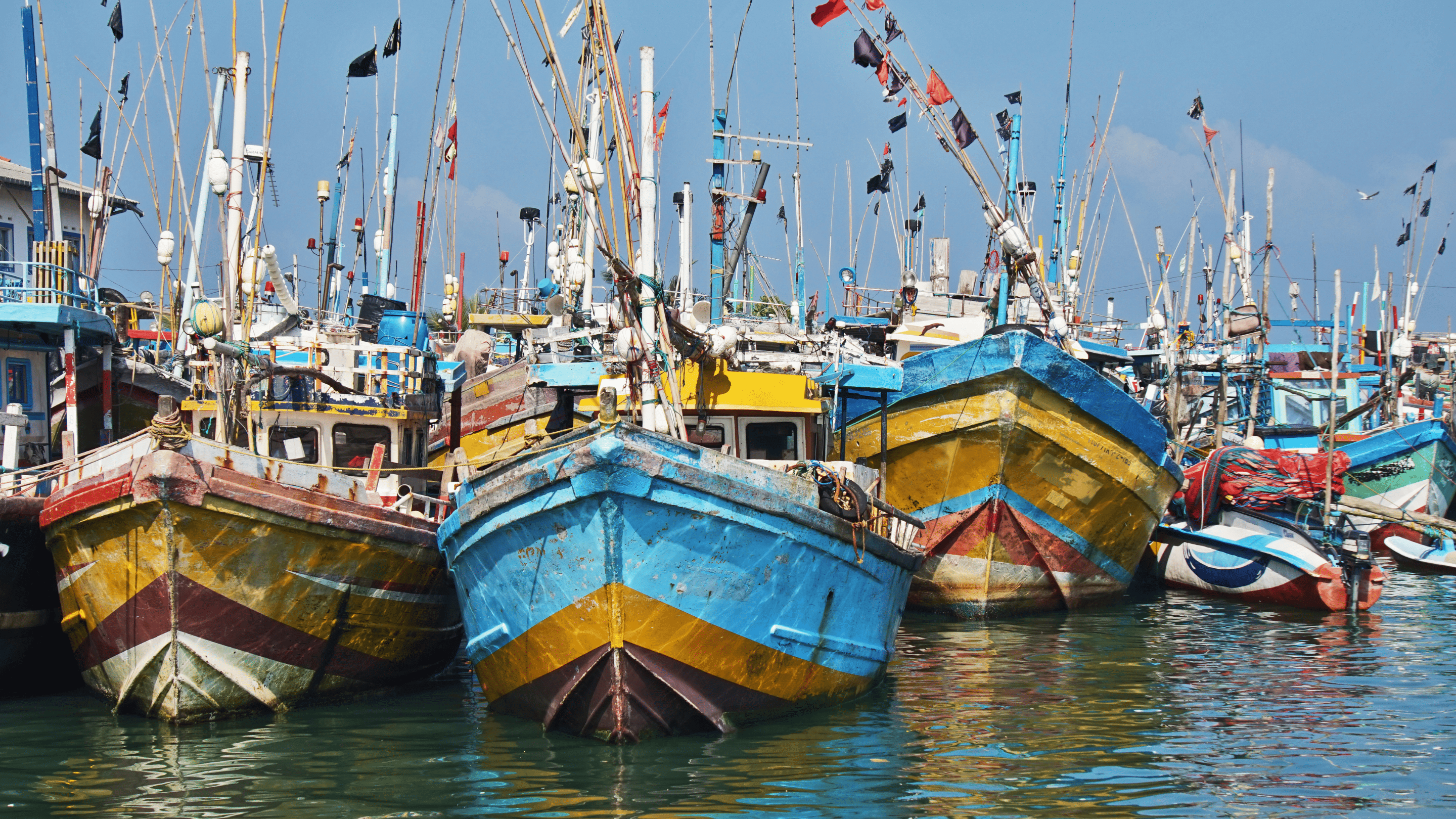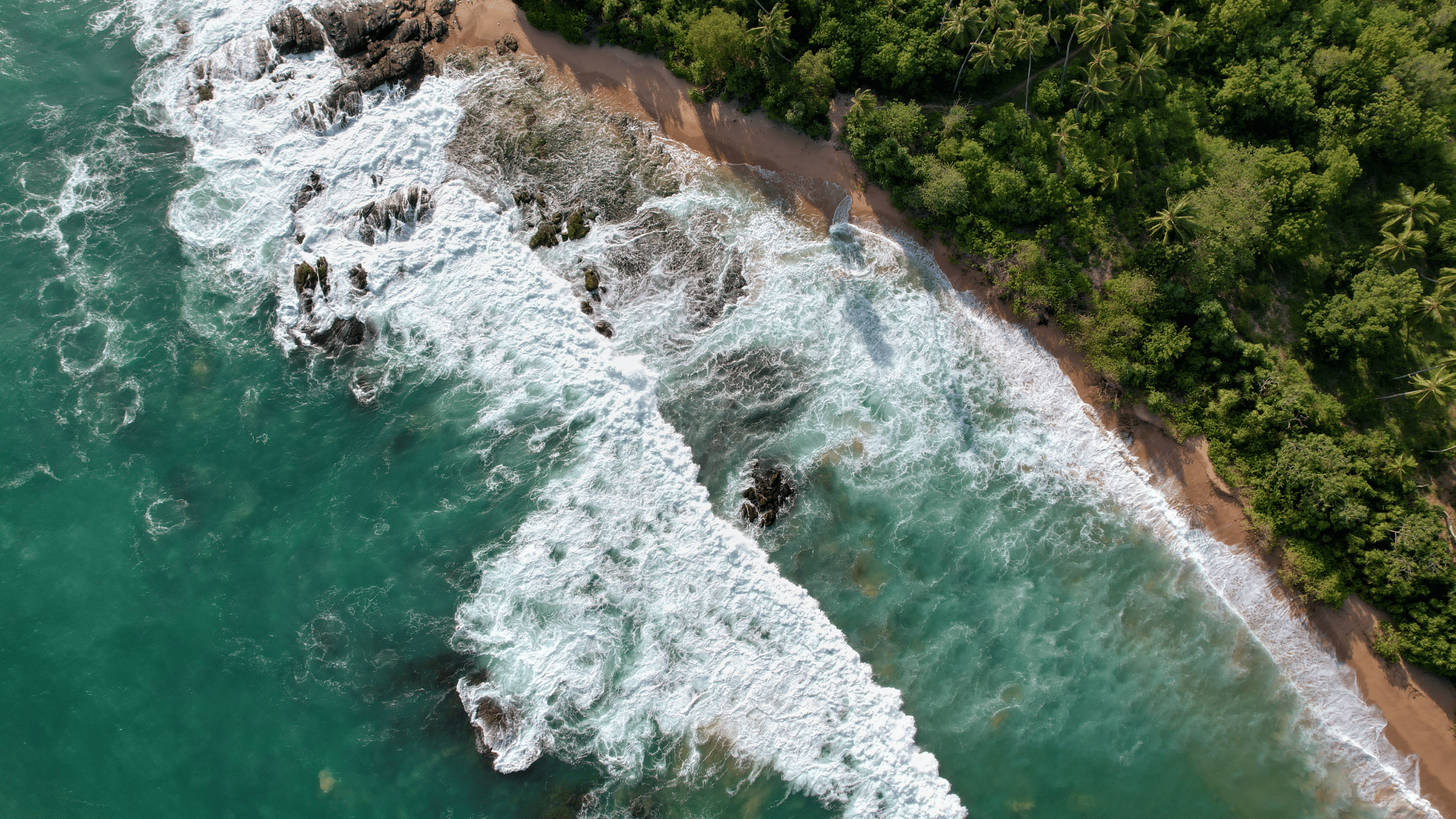
Mangrove Exploration: A Journey Through Madu River
The Madu River and its extensive mangrove ecosystem offer one of Sri Lanka's most unique ecological experiences. Located in the southern part of the island near Balapitiya, this complex network of islands and waterways is home to an incredible variety of flora and fauna.
Our exploration began early in the morning when the water was calm and wildlife most active. We boarded a traditional wooden boat piloted by a local guide whose family has navigated these waters for generations. His intimate knowledge of the ecosystem proved invaluable throughout our journey.
As we glided through the narrow channels, the dense mangrove forests created natural tunnels overhead. Our guide explained how these remarkable trees have adapted to thrive in brackish water, with their distinctive prop roots providing stability in the soft mud while also serving as nurseries for numerous fish species.
The biodiversity within this ecosystem is truly remarkable. We spotted several monitor lizards sunning themselves on overhanging branches, various kingfisher species darting across the water, and even a troop of purple-faced langur monkeys moving through the canopy. The mangroves support over 300 species of plants and animals, many of which are endemic to Sri Lanka.
One of the highlights of our tour was visiting a small island where local families demonstrate traditional cinnamon processing. Sri Lankan cinnamon, known as 'true cinnamon,' is considered the finest in the world. We watched as skilled workers carefully peeled the inner bark from freshly cut branches and dried it into the familiar quills that are exported globally.
Another fascinating stop was at a Buddhist temple situated on one of the river's 64 islands. The temple offers a peaceful retreat for monks who live in harmony with the surrounding nature. Our guide explained how the local communities have traditionally viewed the mangrove ecosystem as sacred, which has contributed to its preservation over centuries.
The Madu River estuary was designated as a Ramsar Wetland of International Importance in 2003, recognizing its ecological significance. However, our guide shared concerns about increasing development pressures and the impacts of climate change on this fragile ecosystem.
For travelers seeking to experience Sri Lanka beyond its beaches and cultural sites, the Madu River offers an unforgettable glimpse into one of the island's most important yet often overlooked natural treasures. The boat journey typically takes 2–3 hours and is suitable for all ages, making it an excellent activity for families and nature enthusiasts alike.
Photo Gallery

